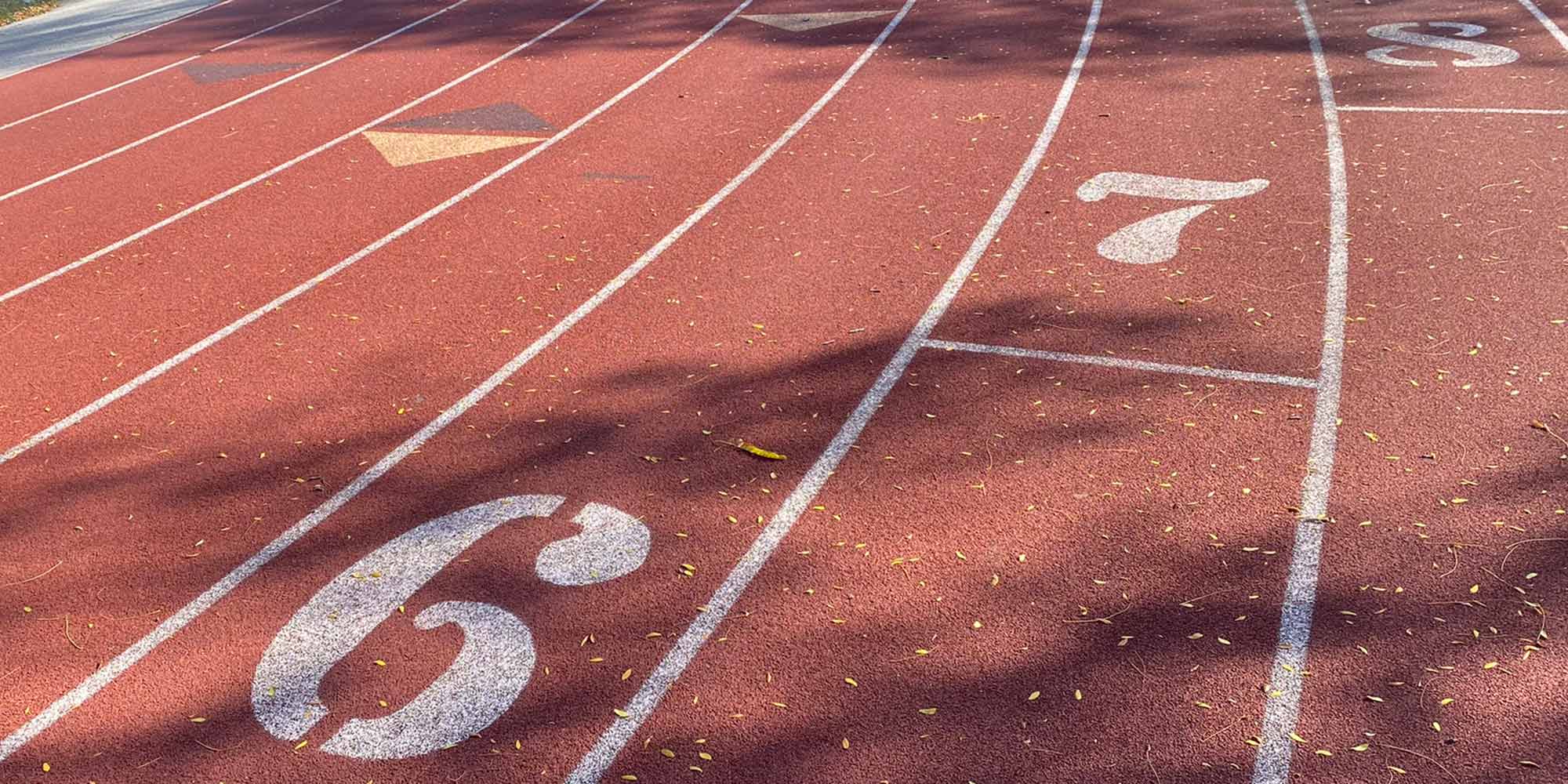How I Finally Progressed
When I started out I made every mistake in the book. I got injured, I couldn’t complete training schedules, and I ran slow times. Years went by and I gradually improved, but not by much. I was stuck in between the beginner and intermediate phase. Then in my eighth year of running something clicked. I broke all my PRs and I started getting excited about running again.
How I Finally Progressed
When I started out I made every mistake in the book. I got injured, I couldn’t complete training schedules, and I ran slow times. Years went by and I gradually improved, but not by much. I was stuck in between the beginner and intermediate phase. Then in my eighth year of running something clicked. I broke all my PRs and I started getting excited about running again.

I did regimented speed work.
Doing speedwork is the most effective way to improve your race times. I had done some type of speedwork in the past but I didn’t take it seriously enough. I decided to set a race goal time and do speedwork based off of that goal time. It was once a week and part of the training plan. These runs were intense and painful but I started to get faster and they gradually felt easier. I started to be “into running” again instead of just going through the motions.
I started running at the track.
Running on a track is a different feeling than running on a trail, it allows me to focus solely on my running. I did some of my speed work and regularly ran timed single miles. If you have a track available close by you should make use of it, it’s a powerful tool.
I committed to training plans.
I fully completed training plans. I stopped making excuses. If it was a Tuesday and I had a hard day of work and was in a bad mood, I went on the run anyways because I made a commitment to seeing it through.
I focused on running.
I like doing all kinds of exercises – walking, tennis, swimming, weightlifting. Those are great, but running should be your focus if you’re in the midst of a training plan.
I stopped trying to do it my way.
I like to do things my way, but my way wasn’t working. I realized that I need to get with the program and follow established fundamentals. That goes for diet, stretching, training, etc. There are a lot of resources available – books, friends, websites or coaches. Be open to change.
I ran more races.
At one point I ran five races in five weeks. I’m not saying you have to do that, but multiple races per year is a good idea. That helped me progress in a lot of ways:
- I got comfortable with the whole process of signing up, picking up the packet, laying out my clothes and gear, waking up early, parking, etc.
- I learned what worked for me. For example, I realized that when I showed up a half hour early I ran better times because I got a better warm up and felt mentally prepared. I also realized that I needed to slightly increase how much I was eating during the race. Small things like that can make a big difference.
- They were great training. The best training runs are races. I’ve always pushed myself hardest in races because of the adrenaline, excitement, and competition.
- I got great data. It’s good to know your current stats and how you compare with others in your age group.
I didn’t take the winter off.
I was locked in the cycle of gaining weight in the winter and then slowly losing it the rest of the year. I always did some exercise in the winter but it was never enough. It’s a lot easier to stay in shape than get back in shape. Treadmills are boring but they are valuable. It’s okay to take a short break, but taking 4 months off is going to be a huge setback.
I improved my form.
There are simple concepts that go a long way. Things like not dragging your feet, not bouncing, and having good posture.
I stopped getting injured regularly.
Getting injured isn’t something that has to happen. Plenty of ultramarathoners put in 100 mile weeks regularly and don’t get injured. It’s because they’re proactive in injury prevention. There are all kinds of things you can do – stretching before and after runs, strength training, high quality shoes (that aren’t worn out). The trick is to not get injured in the first place.
I bought good gear and clothes.
Shoes are obviously what’s most important, but don’t overlook everything else. Simple things like good sunglasses, a water vest, quality socks, or nice shirts/shorts are important. It feels good to put on a nice outfit and accessories, it’ll add confidence. You’re going to be out in public for hours every week running, may as well look good.
I paid closer attention to diet and hydration.
Every runner knows that stomach or bowel discomfort can ruin a run real quick. I started paying attention to how different foods affect my run. I now know what to eat and when to eat before and during the run. I also got more in tune with my hydration levels and how that affected my performance, especially during speed work.

